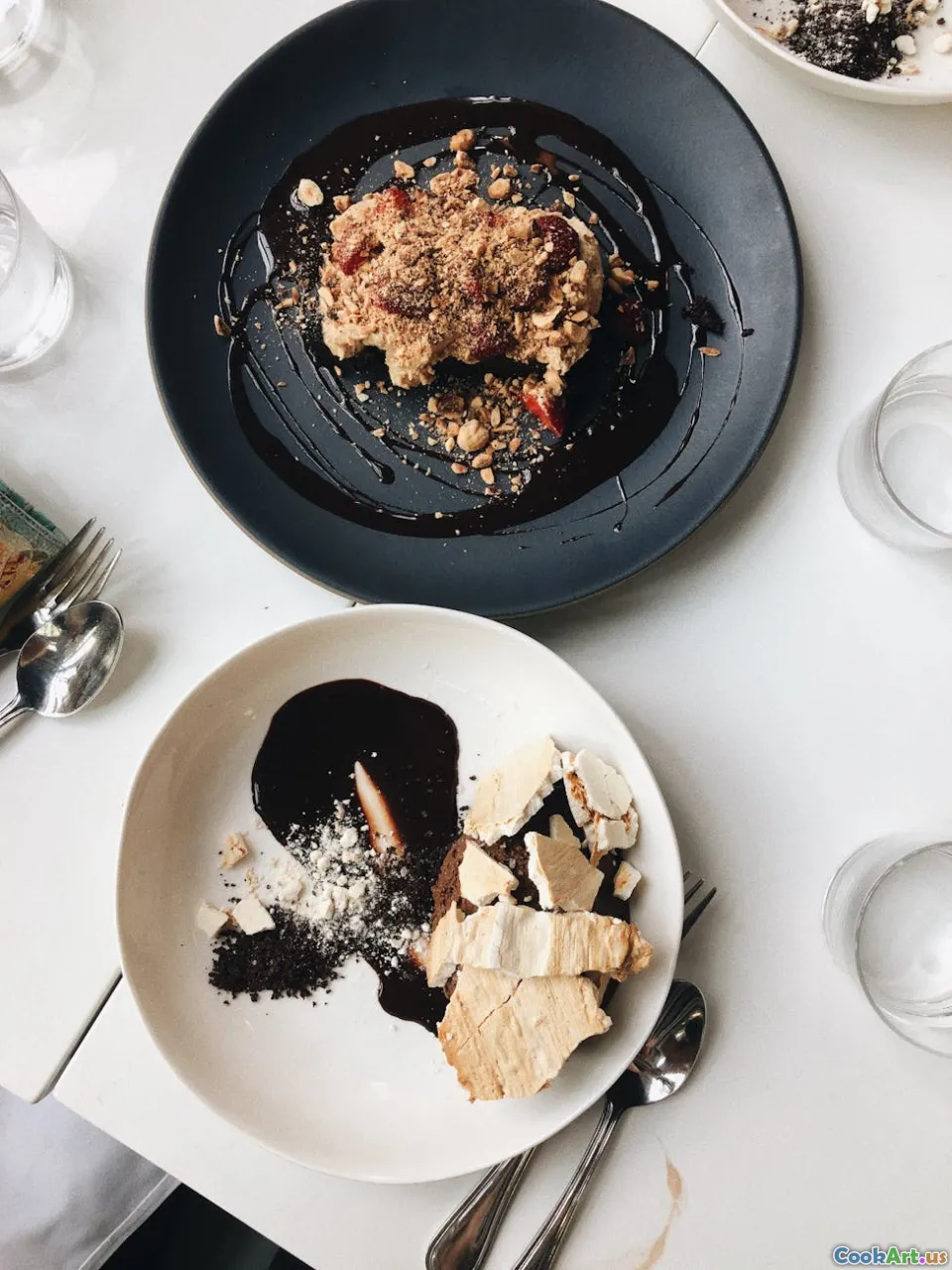The Art of Plating: A Cultural Perspective
5 min read Dive into how plating reflects cultural identities and culinary traditions around the globe in this engaging exploration. April 15, 2025 21:45
The Art of Plating: A Cultural Perspective
Plating is not merely a way to present food; it is a vital component of culinary art that transcends borders and cultures. From the intricate designs of Japanese kaiseki to the rustic simplicity of Italian antipasto, the way we plate food tells a story about our heritage, values, and creativity.
The Importance of Plating
Plating is often the first interaction a diner has with a dish. It sets the tone for the meal and can greatly influence expectations. A well-plated dish can evoke emotions and create a multisensory experience, engaging not just the palate but also the eyes and mind. In many cultures, the visual appeal of food is regarded as essential as its flavor.
Cultural Influences on Plating Styles
1. Japanese MinimalismJapanese cuisine is renowned for its meticulous attention to detail and presentation. The principles ofwabi-sabi, which celebrate imperfection and transience, are evident in kaiseki, a traditional multi-course meal. Each plate is designed to reflect the season, with colors and shapes that harmonize with nature, creating a serene dining experience.
2. Italian Rustic Charm
In contrast, Italian plating often embodies a more rustic charm. Dishes like antipasto are presented with a bountiful assortment of vibrant ingredients, reflecting the Italian philosophy of conviviality and abundance. The focus is on showcasing fresh produce rather than intricate design, emphasizing the joy of sharing food with loved ones.
3. French EleganceFrench cuisine is synonymous with refinement and sophistication. Techniques likesous-videandmolecular gastronomy have influenced modern plating styles, leading to artful presentations that combine culinary science with aesthetic beauty. Dishes are often plated in a way that highlights their complexity, with sauces artfully drizzled and garnishes meticulously arranged.
4. Mexican Vibrancy
Mexican cuisine, known for its rich flavors and colors, presents another unique approach to plating. Dishes are often vibrantly colored with fresh ingredients like avocados, chiles, and herbs, arranged in a way that reflects the culture’s festive spirit. The use of traditional serving dishes, such as clay pots or colorful tiles, also adds to the visual appeal.
Techniques and Trends in Plating
1. The Rule of Thirds
A common technique in plating involves the rule of thirds, which suggests dividing the plate into three sections for a balanced look. This can help create visual interest and draw the eye to different elements of the dish.
2. Height and Layering
Adding height to a plate can create an impressive focal point. Layering ingredients can add depth and dimension, making the dish appear more substantial and inviting.
3. Negative Space
Using negative space—leaving areas of the plate empty—can enhance the presentation by allowing the food to stand out. This technique is particularly effective in high-end dining settings.
Conclusion
The art of plating is an intersection of culture, creativity, and culinary skill. Each culture brings its unique perspective to how food is presented, reflecting values, traditions, and aesthetics. As chefs continue to innovate and experiment, the art of plating will undoubtedly evolve, but its significance as a crucial aspect of the dining experience remains timeless. Whether simple or elaborate, every plate tells a story, inviting us to savor not just the flavors, but the heritage behind them.









